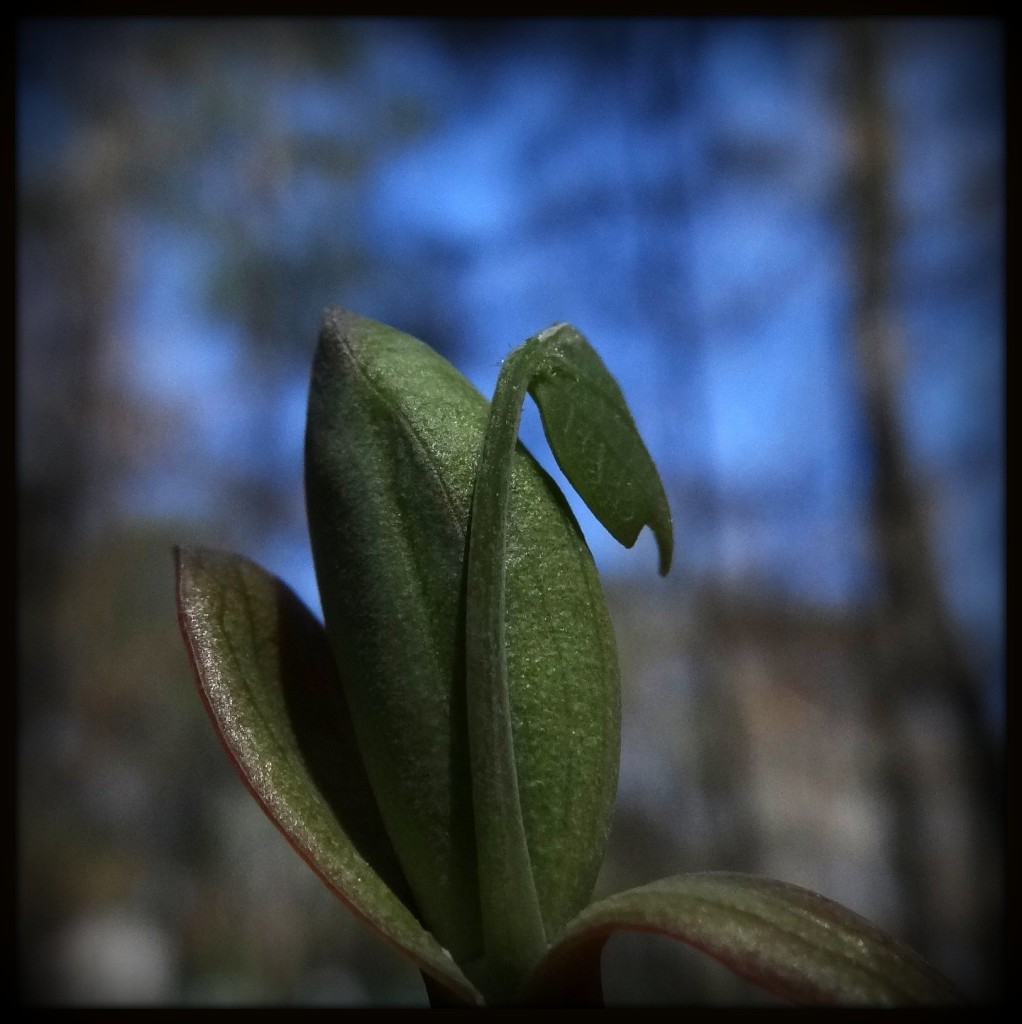On my Piney Woods Church Road walk today, as I mentioned in an earlier post, I discovered that a Saturniid moth cocoon that I had been watching for ages (and photographed earlier this year) had opened, and a lovely female tulip-tree silkmoth (Callosamia angulifera) was resting beside it, occasionally fanning her wings. Of course, I had forgotten to put my memory card back into the camera, so I raced home, added the memory card, and drove back in time to take these photographs.




The day’s wonders were not over yet, though. I returned home, did a few chores, and left with my wife and our four dogs on our evening walk. I was excited to share my discovery with Valerie. But instead of just one moth, I found two moths mating! While she was resting there, the female tulip-tree silkmoth most likely released a pheromone to attract male moths in the area. The result are these photographs below. I had never witnessed moths mating before this. After mating, the male will die, and the female will fly off to lay her eggs on an inviting food source, such as the leaves of a tulip poplar tree (though black cherry and sassafras will work fine, too).



I returned to the same privet branch the next morning, May 20th, and both moths were gone. To my surprise, I inspected the cocoon that still remained attached strongly to the branch, and it was unopened. By some coincidence of nature (perhaps because that branch is an excellent piece of moth real estate), the tulip-poplar silkmoth I photographed yesterday just happened to choose the same location as the cocoon from which to broadcast her pheromones. I am left still waiting for another emergence to happen.














